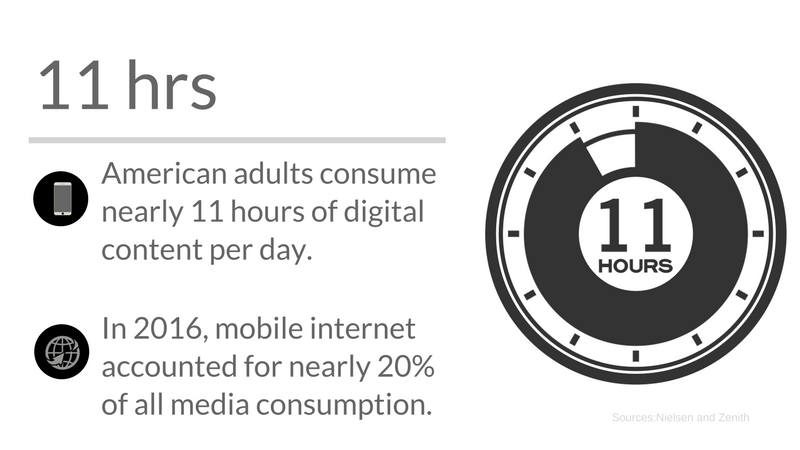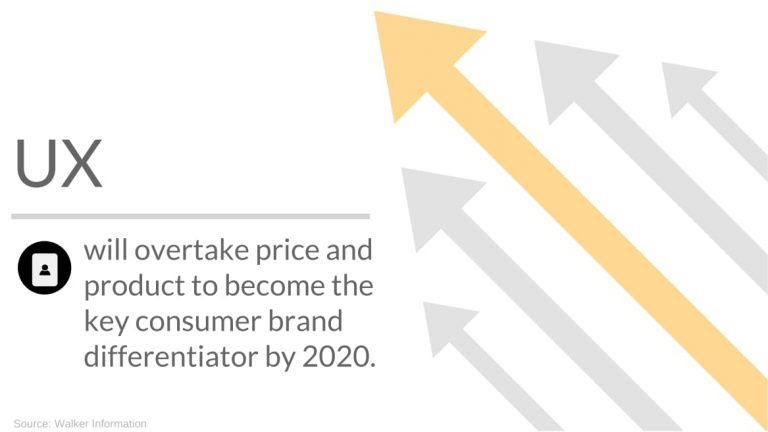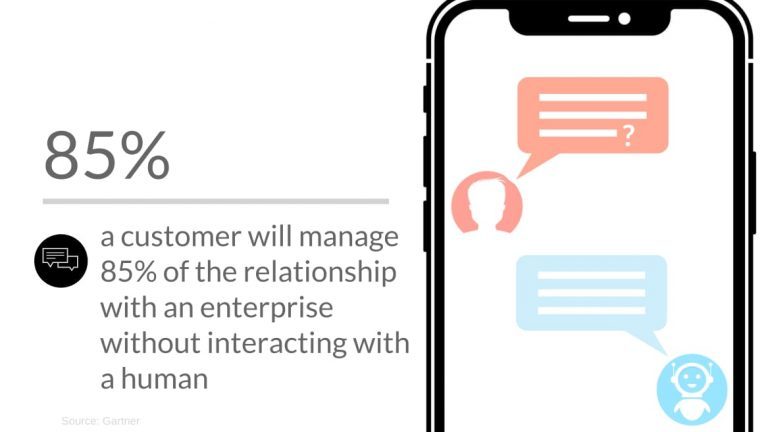UX Literacy Will Become the New Media Literacy
American adults consume nearly 11 hours of digital content per day. We’re spending less time watching live television and more time streaming video content on our smartphones, tablets, and through subscription services like Netflix and Hulu.
 Media literacy—the ability to analyze the motives and commercial interests behind the media we consume so we can assess its value and authenticity—is as important as ever. It’s a skill that should be taught in schools, and I know more than a few adults, including myself, who could use a refresher.
Media literacy—the ability to analyze the motives and commercial interests behind the media we consume so we can assess its value and authenticity—is as important as ever. It’s a skill that should be taught in schools, and I know more than a few adults, including myself, who could use a refresher.
However, as we consume more media online, the content itself is increasingly becoming a small part of a larger user experience (UX). UX encompasses every digital interaction a user has with a company through its digital assets—website, mobile app, social channels, etc. Every element of the user experience—from the user onboarding sequence to ad placement to button color—is purposefully designed to elicit a specific behavior.
In our digital world, brands know that a positive user experience drives revenue and customer loyalty. UX design is an art, and behind every digital interaction we have with a company is a team of designers, researchers, developers and marketers mapping out the best way to influence users to spend more, share more, and come back more often.
So why is UX literacy, understanding how brands use UX to influence us, so critical for modern consumers?
First, technology companies are rapidly becoming media companies, and vice versa.
When businesses serve as both the technology platform and the content producer, we need to be aware of how they are influencing our content selections through the interface itself and the artificial intelligence behind it.
While Netflix, Amazon, and Hulu are obvious examples of this, it’s not only the big streaming services that are producing great deals of content. In the not-too-distant future, for example, we’ll see grocery chains and restaurant groups, in an effort to compete with Amazon/Whole Foods, start producing exponentially more cooking videos, online cookbooks and e-commerce apps. Gyms will create fitness apps with streaming workout videos and virtual classes. Professional firms, from the large consultancies to small start-ups, will continue to invest in producing vast amounts of online content and, as some are already doing, acquiring advertising and branding firms to help them deliver it more efficiently. Overall, to be informed consumers, we will need to analyze not only the content but the delivery platform and its UX.

Second, as artificial intelligence becomes more viable for companies of all sizes, we must be aware of how a product’s UX shifts based on what it’s learning about us.
Facebook is a great example of this. Its UX is designed to show us content, news, products, and media that we will like, which can quickly create an echo chamber. If you’re aware of how machine learning is shaping the UX, you have the opportunity for not only a little introspection (How do the ads you’re shown, for example, reflect your own viewing habits?) but you’re also more likely to take control of your privacy and preferences.
Finally, we must become UX-literate because the way we use technology is rapidly changing, and the distinction between technology providers will soon be replaced by omni-channel experiences.
Our mobile experiences are currently defined by app experiences. But experts predict that in the not-too-distant future, we won’t turn to specific apps for specific services, but will rather ask our mobile device to perform a task and expect a trusted selection of brands to take care of it. Today, if I want to schedule a lunch meeting with a colleague, I’ll schedule the meeting with a calendar app, use the Open Table app to make a reservation at a restaurant, and get a ride with Uber. Soon enough, I’ll be able to ask my virtual assistant to set up a lunch meeting, and that intelligent agent will do the rest, drawing from a pre-selected ecosystem of service providers.
We may have limited visibility into the brands we’re patronizing at the point-of-service, but we will have, at some point, given those providers permission to serve us. In other words, we will be co-creating user experiences based on our assessment of brands’ trustworthiness, and we can’t make that assessment without understanding UX.

Let me be clear: I’m not arguing that content-producing businesses are shadowy forces trying to trick consumers with mesmerizing UX. Instead, I’m arguing that if we want to get the most out of the technology that we use and the content we consume, we should understand how UX is being curated and tailored by the technology and publishers behind the scenes.
Simultaneously, content producers and UX designers have an opportunity here. As consumers become more aware of the forces at play in UX, the brands that successfully create compelling, transparent experiences will be rewarded with trust and loyalty (and revenue).

As Director of Marketing, Rikki is responsible for sharing 10Pearls’ story with the world. She approaches every marketing campaign with the same philosophy: clear language is smart language, and compelling narratives are the basis of every successful business and brand.
Prior to 10Pearls, Rikki worked for a B2B marketing and PR agency and a number of DC-based technology start-ups, including LivingSocial, TeamVisibility, and WorldCell.
She earned her graduate degree in creative writing from University of Utah and her bachelor’s degree from the University of Virginia. Her writing has appeared in Business Insider, Forbes, Mashable, Inc., Newsweek, and Fast Company.